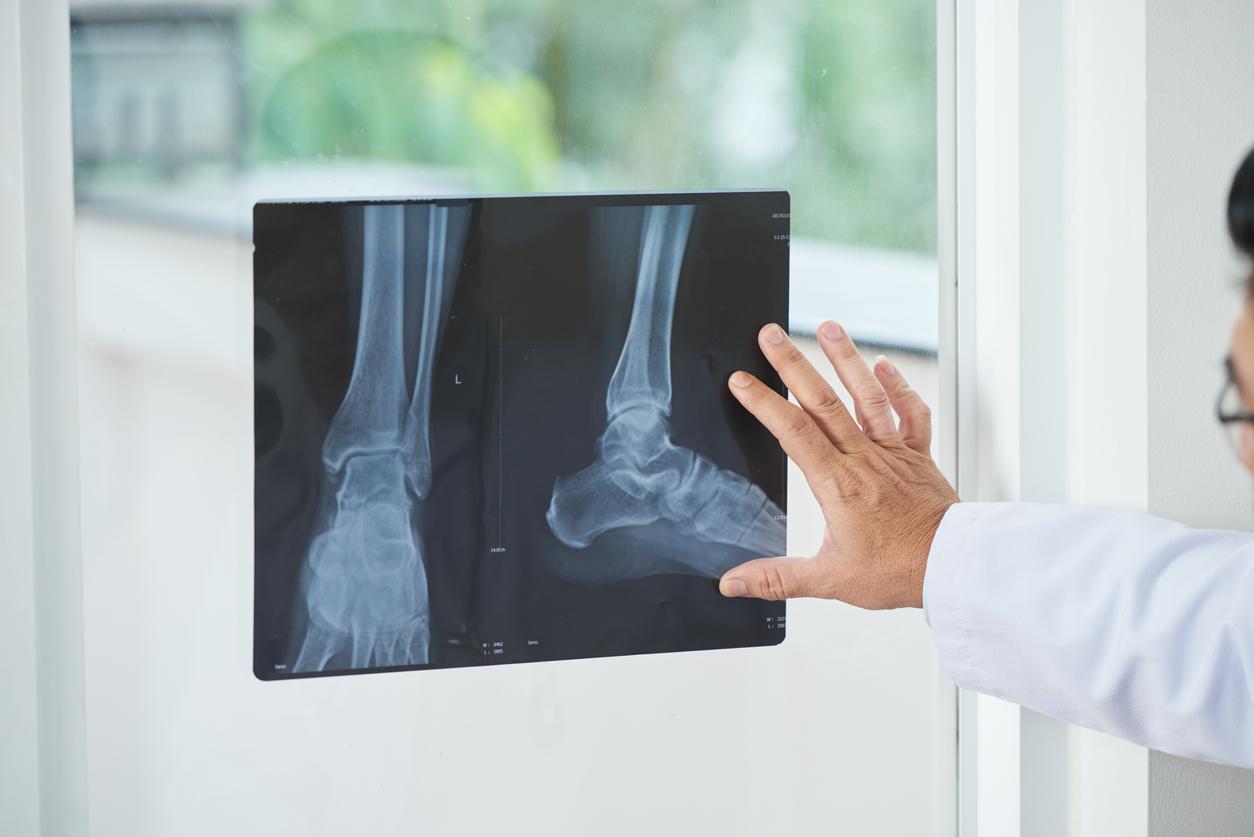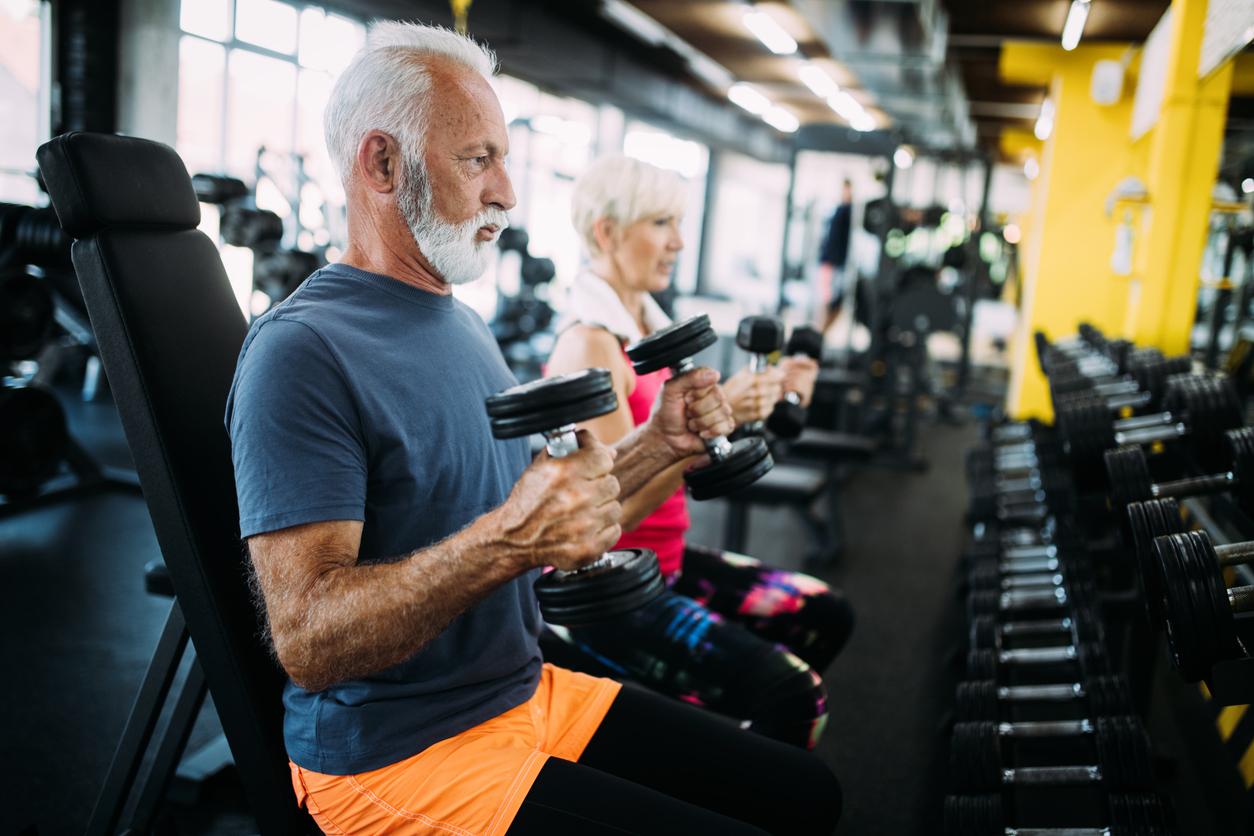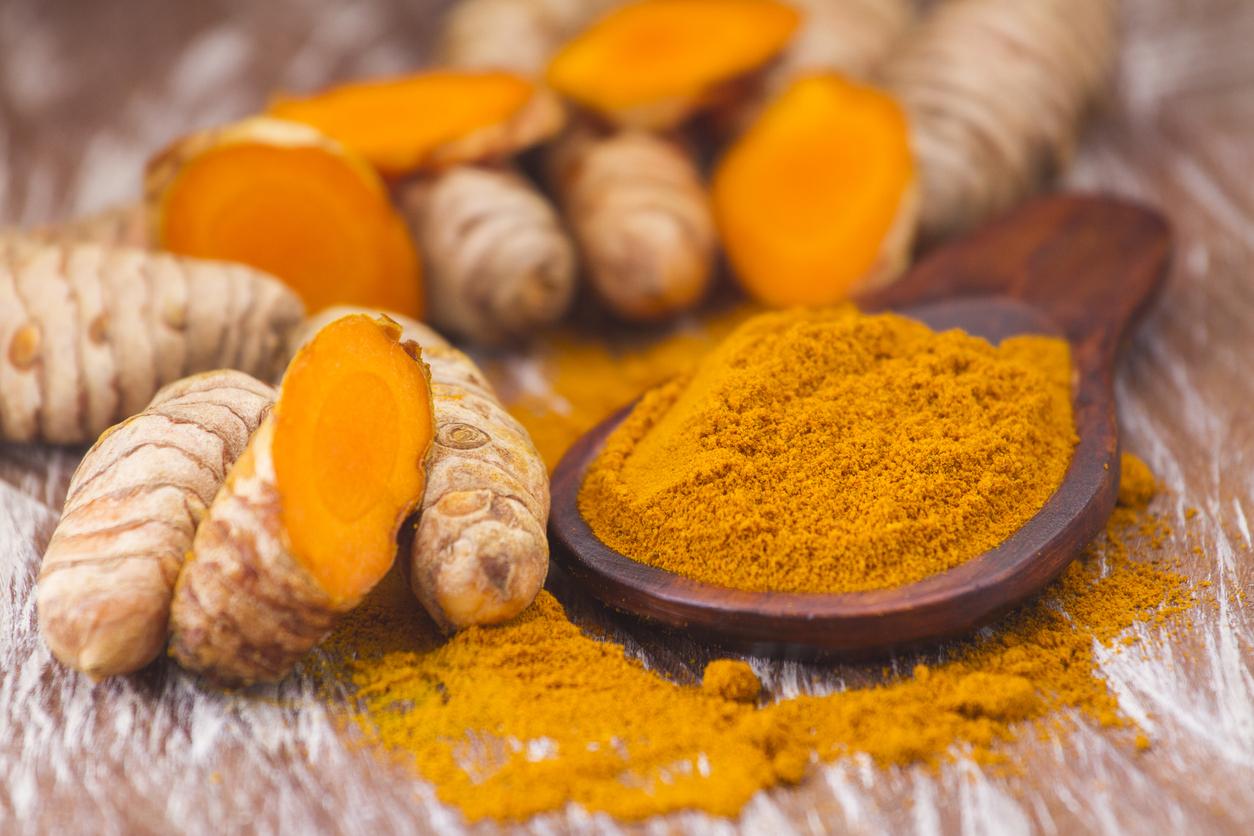Movement stimulates the cells that make up the cartilage. Thus, they become able to block the molecules responsible for inflammation.

It is recommended that people with osteoarthritis maintain physical activity, outside periods of inflammation, such as 3 hours of walking per week. Why doing physical activity improves the well-being of sufferers? Researchers at Queen Mary University in the United Kingdom have found an answer: physical activity stimulates cells present in the cartilage, which are then able to block inflammatory molecules. The results of their work have been published in the journal Osteoarthritis and Cartilage.
A mechanism identified for the first time
When a person exercises, the movement creates an action on the joints. On a smaller scale, we can see that mechanical forces act on the cells that make up cartilage, the tissue that covers the ends of the bones of a joint. The latter contains neither nerves nor blood vessels. Scientists were interested in cartilage tissues: they are composed of hair-like structures, called primary cilia, which lengthen when inflamed.
During movement, the cartilage is crushed: the cells that make it up detect this deformation and activate the HDAC6 protein. This will act on the proteins that make up the primary eyelashes. Ultimately, this allows cells to block the action of inflammatory cells that cause osteoarthritis. For the scientists behind this research, these results could make it possible to review the therapeutic approach to osteoarthritis thanks to mechano-medicine. This involves using treatments that boost the effects of mechanical movements to prevent certain inflammations.
No curative treatment
In France, ten million people suffer from osteoarthritis according to Inserm. For a majority of them, the disease affects the spine, for many of them, it is the fingers that are concerned, but in reality, all the joint areas of the body can be affected. No treatment can currently cure the disease, the drugs only act on the symptoms.
.

















